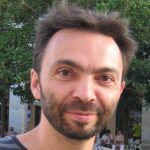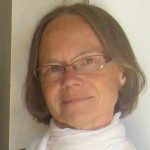Link to Pubmed [PMID] – 12003949
J. Bacteriol. 2002 Jun;184(11):3069-77
The maltose system of Escherichia coli consists of a number of genes encoding proteins involved in the uptake and metabolism of maltose and maltodextrins. The system is positively regulated by MalT, its transcriptional activator. MalT activity is controlled by two regulatory circuits: a positive one with maltotriose as effector and a negative one involving several proteins. MalK, the ATP-hydrolyzing subunit of the cognate ABC transporter, MalY, an enzyme with the activity of a cystathionase, and Aes, an acetyl esterase, phenotypically act as repressors of MalT activity. By in vivo titration assays, we have shown that the N-terminal 250 amino acids of MalT contain the interaction site for MalY but not for MalK. This was confirmed by gel filtration analysis, where MalY was shown to coelute with the N-terminal MalT structural domain. Mutants in MalT causing elevated mal gene expression in the absence of exogenous maltodextrins were tested in their response to the three repressors. The different MalT mutations exhibited a various degree of sensitivity towards these repressors, but none was resistant to all of them. Some of them became nearly completely resistant to Aes while still being sensitive to MalY. These mutations are located at positions 38, 220, 243, and 359, most likely defining the interaction patch with Aes on the three-dimensional structure of MalT.

